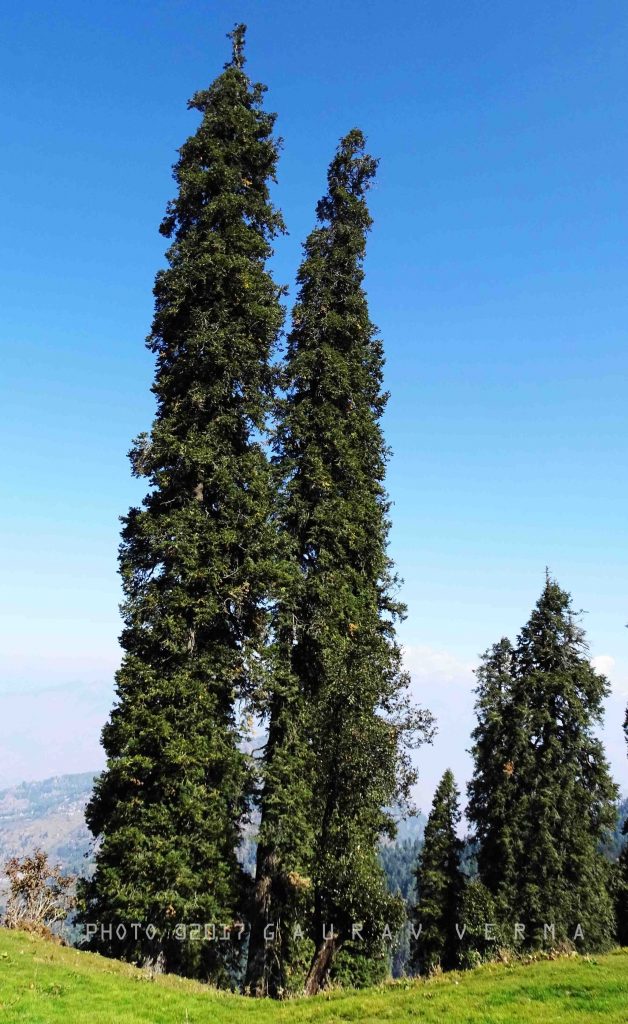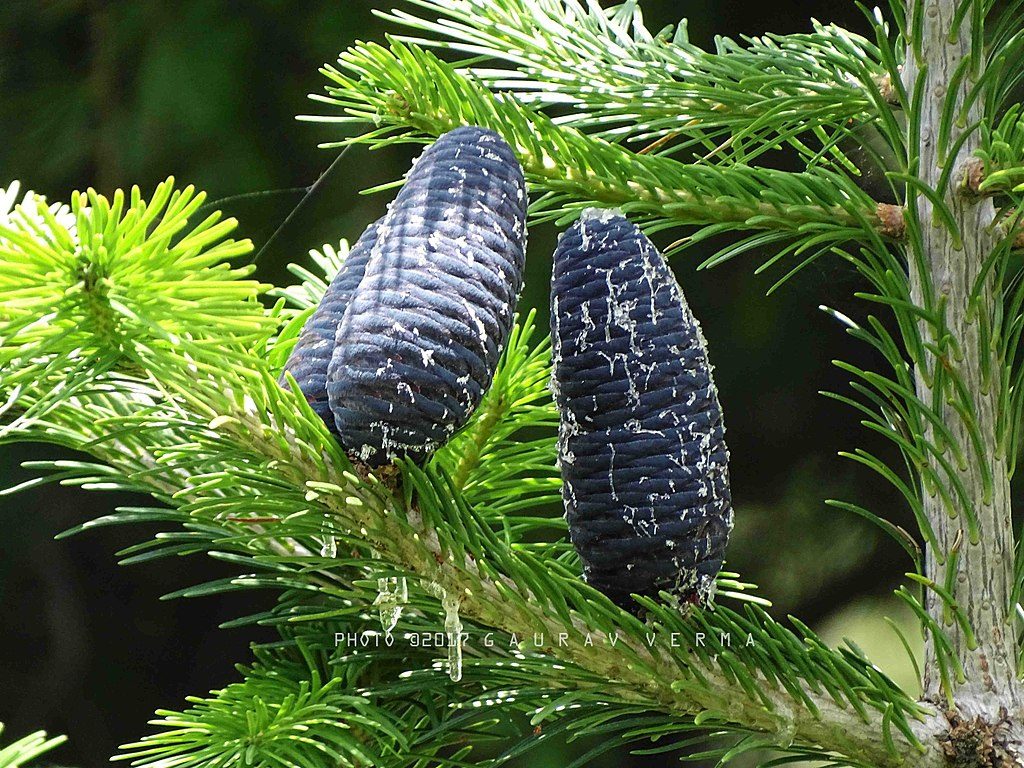 The west Himalayan fir (Abies pindrow) is a tree that is native to the Himalayan regions around Afghanistan, India, Pakistan, and Nepal. The evergreen tree grows at altitudes of 2000 to 3000 meters, and can reach up to 60 meters in height and belongs to the Pinaceae family of plants. The tree possesses needle like leaves and produces cones. The leaves of the plant are high in antioxidants and have traditionally been used in Ayurvedic medicine as a treatment for various conditions including fever, inflammation, bronchitis and asthma. The leaves are known to possess barbiturate-like calming effects and for this reason have a medicinal use as a hypnotic, sedative and anti-stress treatment. For example, in one study, researchers administered extracts of west Himalayan fir to rats, once daily for three days. The extracts of the west Himalayan for showed significant anxiolytic effects in the rats, but the authors noted that the effects were less marked than those of the benzodiazepine drug lorazepam.
The west Himalayan fir (Abies pindrow) is a tree that is native to the Himalayan regions around Afghanistan, India, Pakistan, and Nepal. The evergreen tree grows at altitudes of 2000 to 3000 meters, and can reach up to 60 meters in height and belongs to the Pinaceae family of plants. The tree possesses needle like leaves and produces cones. The leaves of the plant are high in antioxidants and have traditionally been used in Ayurvedic medicine as a treatment for various conditions including fever, inflammation, bronchitis and asthma. The leaves are known to possess barbiturate-like calming effects and for this reason have a medicinal use as a hypnotic, sedative and anti-stress treatment. For example, in one study, researchers administered extracts of west Himalayan fir to rats, once daily for three days. The extracts of the west Himalayan for showed significant anxiolytic effects in the rats, but the authors noted that the effects were less marked than those of the benzodiazepine drug lorazepam.

Abies pindrow is a large evergreen tree belonging to family Pinaceae. The common name for the plant is the west Himalayan fir. The tree grows at altitudes and can reach heights of 60 meters. The aerial parts of the tree has been used in Ayurvedic medicine and the medicinal effects of the tree might be due to the antioxidant effects. Image of a west Himalayan fir. Image from: By Gv3101992 – Own work, CC BY-SA 4.0, https:// commons.wikimedia.org/ w/index.php? curid=65172644.
In another study, the anxiolytic effects of west Himalayan fir were tested in mice. The aerial parts of the tree were collected from naturally growing trees and a number of extracts prepared. In this regard chloroform and methanol extracts of west Himalayan fir showed significant anti-anxiety effects that were comparable to the benzodiazepine drug diazepam. In a further study, the anxiolytic effects of the west Himalayan fir were tested in mice. The results of this test also showed that extracts exhibited anxiolytic effects when administered to the mice. The extracts producing the anxiolytic effects in this study were then analysed to investigate their main constituents and a number of phytochemicals were identified including gallic acid, maltol, p-coumaric acid, 4-hydroxybenzoic acid, 3,4-dihydroxybenzoic acid, shikimic acid, pinitol, hesperetin, and apigenin. Isolation of these compounds showed that maltol, gallic acid, p-coumaric acid, hesperetin, and apigenin all had anxiolytic effects in the mice.

West Himalayan fir (Abies Pindrow) may possess anxiolytic effects in animal models of anxiety. This supports the traditional use of the plant as an anxiolytic treatment in humans. Extracts of west Himalayan fir have been shown to possess high levels of total phenolic compounds, with particularly high levels of flavonoids. Image from: By Gv3101992 [CC BY-SA 4.0 (https://creativecommons.org/licenses/by-sa/4.0)], from Wikimedia Commons.
Eat Well, Stay Healthy, Protect Yourself
RdB
